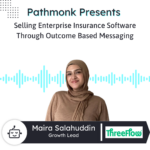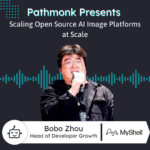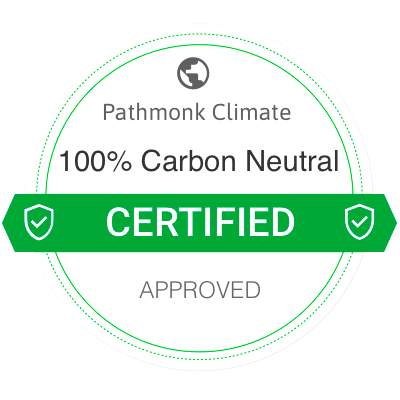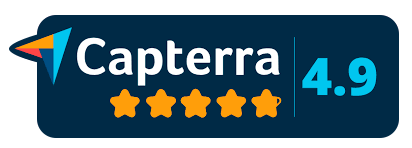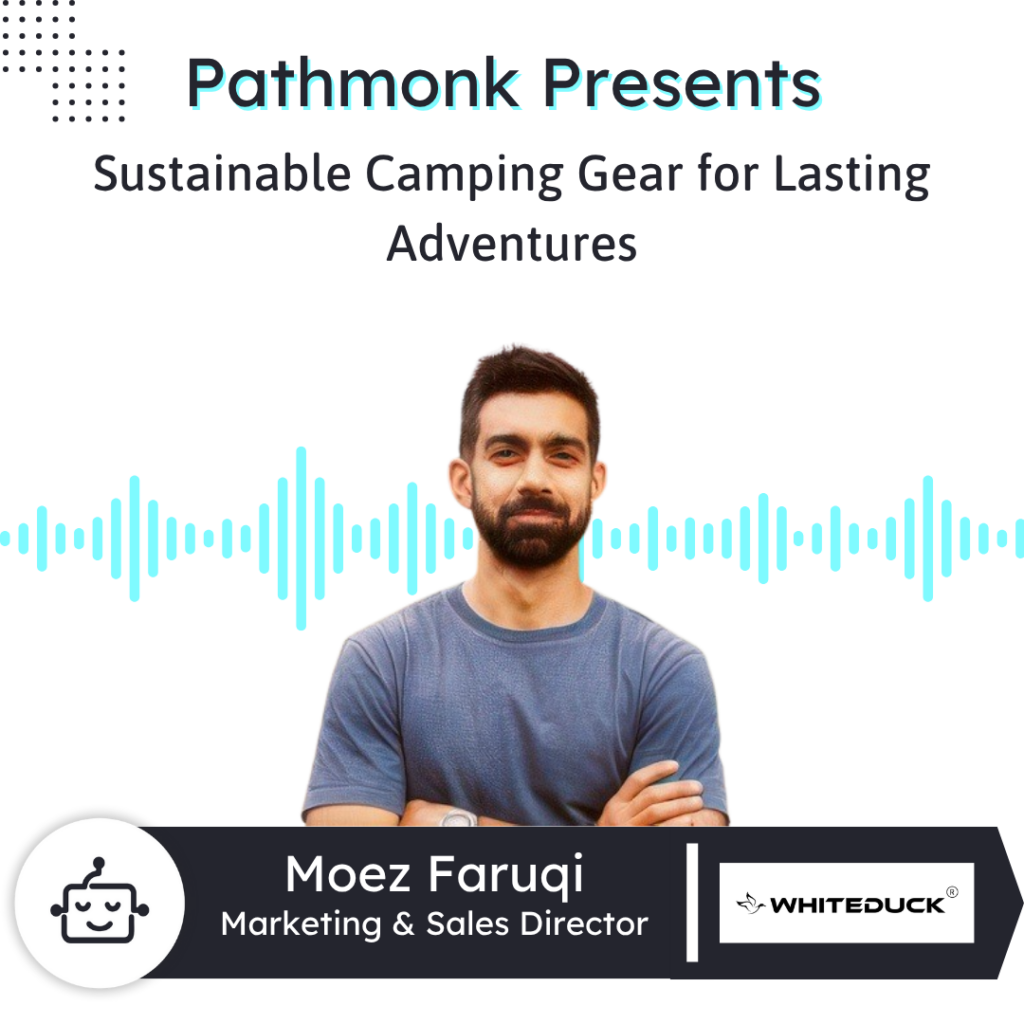
Introduction
Moez Faruqi, Marketing and Sales Director at White Duck Outdoors, joins Pathmonk Presents to discuss their premium outdoor gear designed for recreational campers and glampers.
Focused on sustainability, durability, and functionality, their products target quality-conscious consumers. Moez emphasizes SEO, YouTube visual content, and paid ads as key acquisition channels. Their website, rich with lifestyle imagery, drives conversions while balancing brand storytelling.
Learn how White Duck Outdoors merges performance and brand marketing for lasting customer engagement.
Increase +180%
leads
demos
sales
bookings
from your website with AI
Get more conversions from your existing website traffic delivering personalized experiences.
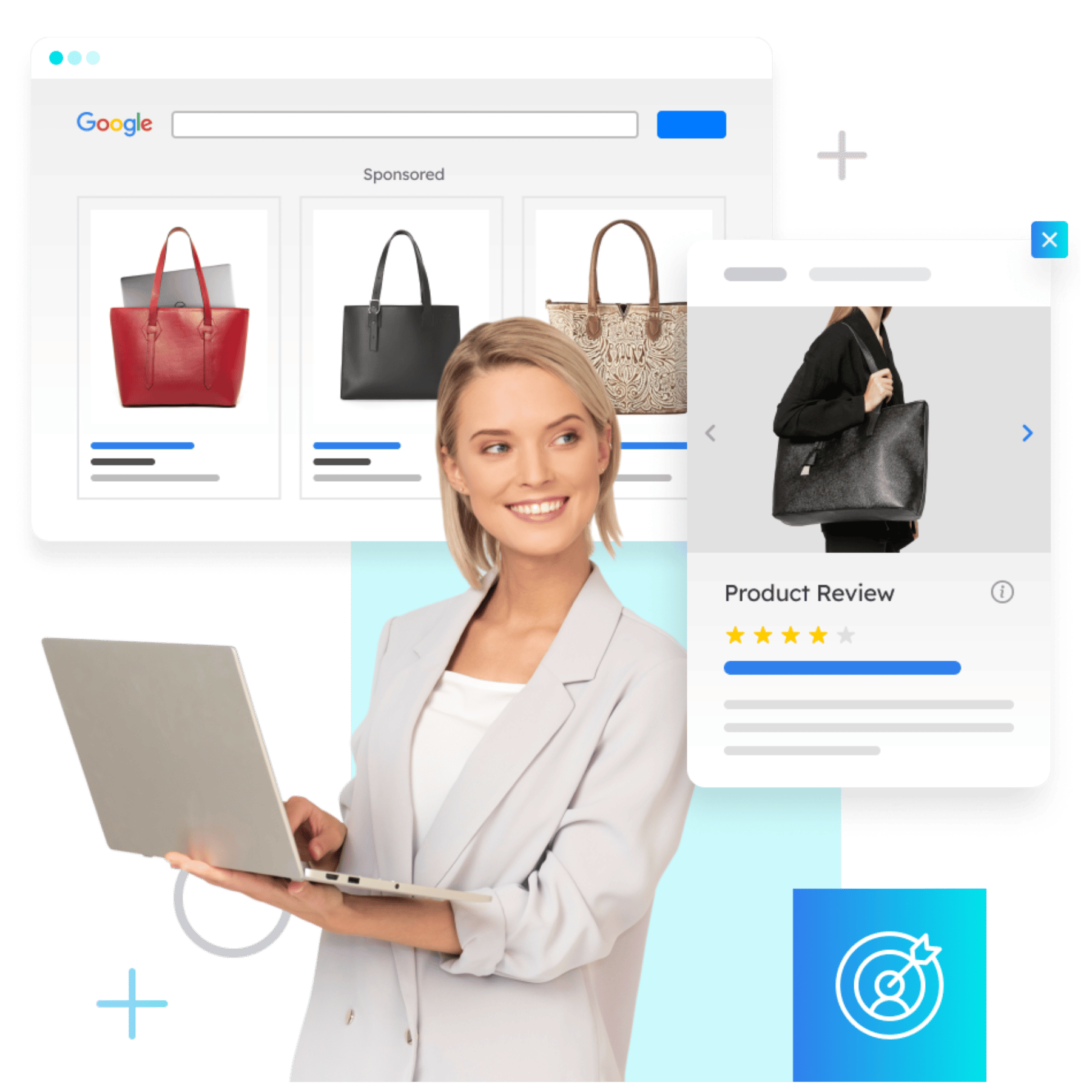
Rick: Pathmonk is the AI for website conversions. With increasing online competition, over 98% of website visitors don’t convert. The ability to successfully show your value proposition and support visitors in the buying journey separates you from the competition online. Pathmonk qualifies and converts leads on your website by figuring out where they are in the buying journey and influencing them in key decision moments with relevant micro-experiences like case studies, intro videos, and much more.
Stay relevant to your visitors and increase conversions by 50% by adding Pathmonk to your website in seconds. Let the AI do all the work and increase conversions while you keep doing marketing as usual. Check us out on Pathmonk.com.
Hey everybody. Welcome to today’s episode of Pathmonk Presents. Today we are joined by Moez, the Marketing and Sales Director at White Duck Outdoors. Moez, welcome to the show.
Moez Faruqi: Hey Rick, thanks for having me. It’s good to be here.
Rick: I’m glad to have you, Moez. So I just want to get started and give our listeners a bit of context about White Duck Outdoors. Can you give us an idea of what your company is all about? What’s the big idea behind it, and how would you describe it to someone new?
Moez Faruqi: White Duck Outdoors is a company for outdoor lifestyle gear, and our entire approach to product design focuses on three main pillars. First is product performance, which is non-negotiable for us. Second is sustainability and responsible manufacturing. And third is functionality — the features of the products.
The goal for us is to make our products as easy as possible for our customers to use. Our gear is made primarily for recreational campers, hunting groups, and glamping. We also see long-tail use cases like music festivals, events, and backyard parties — so generally, gear for the outdoors.
Rick: That’s interesting. You just touched on your ideal customer, your ICP. Who would you say is the best fit for your product? Can you go a little more in-depth — their habits, what they’re looking for in a product, and how that impacts their shopping experience with your brand?
Moez Faruqi: Our customers are people looking for reliable outdoor products. Our gear isn’t cheap, and it isn’t ultralight. Premium manufacturing and sustainability come at a price. So our ICP is a consumer who wants to invest in products that will last many years.
It’s also people conscious about camping or spending time outdoors in all weather conditions, because our tents and gear are built to perform in every season. Typically, our ICP is someone between 30 and 55, male or female, usually going outdoors with a group of two to six people.
Rick: Got it. Correct me if I’m wrong, but it sounds like it’s for people who aren’t casual campers. Maybe not niche, but people who care about build quality and durability — they want gear that lasts for years, not months. Am I off?
Moez Faruqi: You’re not off — but that’s also an education piece we try to address in our marketing.
Rick: Okay.
Moez Faruqi: Sometimes when people see our products, they think it’s for the hardcore camper. But there’s a difference between being hardcore and caring about your gear.
For example, before joining White Duck five years ago, I had never really camped. Now it’s all I use to get outside. I wouldn’t call myself hardcore outdoors — I just enjoy comfort. So our ICP is more about people who care about their gear, not necessarily hardcore adventurers.
Rick: Fair enough, thanks for the correction. It’s not about how often you go camping, it’s about wanting quality gear.
Moez Faruqi: Exactly. We often get asked, “What’s the difference between your product and a tent from a big-box retailer?” And the answer is: they’re two different markets.
If someone’s comparing a mass-produced tent from a big-box retailer to ours, they’re probably not the right customer, because that usually means they’re extremely price-sensitive. But if someone wants to invest in gear that lasts and protects them outdoors, they fit our ICP.
Rick: Makes sense. Now, how do these people discover you? What marketing channels are you using right now?
Moez Faruqi: SEO is big for us — being visible when customers are searching. It’s competitive, so we complement it with paid and display ads on Google and social.
Content plays a huge role, especially visual content on YouTube. For outdoor gear, discovery often happens through longer videos or gear reviews. Reddit is also important — lots of conversations about outdoor products happen there, and Reddit ranks highly on Google and YouTube.
Increasingly, we’re also tailoring content to surface on platforms like ChatGPT, because people now use AI to research. The question is: what sources do AI tools pull from? So we want to ensure we’re present in those sources and shown in the right way.
Rick: That makes a lot of sense. I actually read recently that Google searches are dropping, with Gen AI taking over. People just ask AI “give me the best durable camping tent,” and brands like White Duck Outdoors could show up.
But for those who land directly on your website, how important is your website for pulling in new customers? And what’s working well versus what needs improvement?
Moez Faruqi: Our website is critical for both acquisition and conversion because it lets us tell our own story — the activities our products enable, how they’re made, sustainability, etc. Strong visuals help a lot: studio photography, lifestyle images, graphics, icons.
The challenge is helping people envision product size and use. For example, we have two-person tents and also eight- to ten-person tents. Many people don’t realize how large these can be. We’ve thought about AR features, like scanning a QR code to visualize a tent in your backyard, but haven’t implemented that yet.
Rick: Yeah, that’s tricky. A two-person tent versus a ten-person tent is a huge difference. If buyers misjudge, it leads to returns and headaches.
Moez Faruqi: Exactly.
Rick: From your experience, what makes a website actually convert? What tools, tactics, or frameworks work well for you?
Moez Faruqi: Conversion optimization is a never-ending challenge. We focus on the funnel: homepage → collections → PDP → cart → checkout.
We use tools like Hotjar for A/B testing and Triple Whale for attribution. On PDPs, we test imagery, videos, financing options, brand-focused vs. product-focused content. We also test urgency tactics like timers or inventory counts, and incentives like accessory bundles to raise AOV.
The key is designing for conversions while keeping aesthetics in mind.
Rick: Right — you don’t want to become Amazon. Their PDPs convert incredibly well, but they’re not exactly beautiful.
Moez Faruqi: Exactly. Amazon has the largest dataset of consumer behavior, so it’s useful inspiration. If Amazon changes how they present product info, that’s a signal it works.
But our site has to balance performance and brand. Amazon is matter-of-fact, while we need design and storytelling. The internal debate is: emphasize brand aesthetics or FAQs/infographics? The truth is, optimizing conversions isn’t instant. It requires patience, and sometimes results come slower than leadership expects.
Rick: True, leadership always wants fast ROI, but patience is critical in marketing. Okay, let’s switch gears. We’re in the back half of the episode, so let’s do a rapid fire segment. Concise answers for concise questions. Ready?
Moez Faruqi: I’m ready.
Rick: Day-to-day, what are the three main things you focus on?
Moez Faruqi: Working with the team internally or managing the team. I have my own work that I need to get done as well. So doing all of my own tasks, and then any sort of project management or keeping things moving forward for the most part.
Rick: I like it, keeping things moving. Now, when it comes to content, do you prefer watching, reading, or listening these days?
Moez Faruqi: Listening.
Rick: Okay, so what’s the latest piece of content — audiobook, podcast, anything — that you picked up? And were there any gems or ideas that stuck with you?
Moez Faruqi: There are two. Recently I listened to an audiobook called The Racket by Con Neland, which is about tennis pros on tour and all the work that goes into it. Lots of lessons about the effort behind building something big.
The second is a book we’re doing for our sales book club: Fanatical Prospecting. It’s about filling your pipeline to increase revenue — a fundamental element of sales we’re focusing on as a team.
Rick: That’s a cool one. I’ve heard about it many times. Thanks for the reminder — I’ll probably pick it up too. Now, if you had a magic wand and could fix one frustrating thing in your marketing life with tech, what would it be?
Moez Faruqi: Just bringing everyone and everything together. My role is managing different teams, agencies, and projects, so having a piece of tech that aligns everyone and keeps us moving forward would be ideal.
Rick: I think that would be ideal for everyone. Collaboration is always tricky. Now, if you could go back to your past self at the start of your journey and give him a quick pep talk, what advice would you give?
Moez Faruqi: Be willing to learn and be patient with the process. I didn’t study marketing specifically, so I had to learn a lot on the job. Things don’t always work the first time, and that’s okay. Marketing is like a stock portfolio — you try different things, and only a few may take off. You just have to be patient and open to the process.
Rick: Exactly. Trust the process, give it time. Sometimes patience is the hardest part.
Moez Faruqi: Yeah.
Rick: Now, Moez, thank you for being on the show today. If someone forgets everything from this interview, what’s the one thing they should definitely remember about you or White Duck Outdoors?
Moez Faruqi: The importance of balancing brand with performance marketing. Both are equally important, even if neither shows immediate ROI. The key is merging them to tell our story without sacrificing one or the other.
Rick: Very good. And if someone wants to check you out or see your products, where should they go?
Moez Faruqi: Our website, whiteduckoutdoors.com. Instagram at @white_duck_outdoors. And we’re very active on YouTube, where visual content plays a huge role for us.
Rick: Can we expect some beautiful backdrops with your tents and accessories?
Moez Faruqi: Oh, 100%. If you’re into hot tent camping or watching people camp in freezing temperatures, you’ll find plenty of that.
Rick: Awesome, I’ll check it out. Thank you again, Moez. Best of luck with your product launches, campaigns, and events. Hope to see you again soon.
Moez Faruqi: Thanks for having me. I love that this podcast shares valuable marketing knowledge. I’ll definitely be a subscriber and listener from now on.
Rick: Amazing. Thank you, Moez. Bye everyone.




